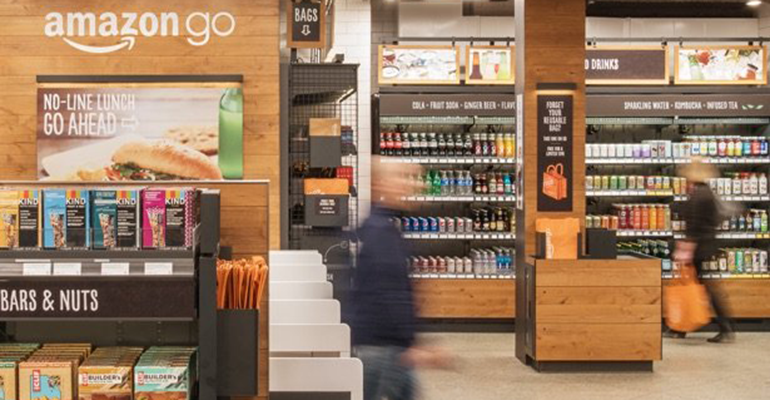Should DTC brands sell on Amazon?
Is Amazon friend or foe? This is one of the most common questions anyone in e-commerce asks themselves. On one side, Amazon’s incredible operational infrastructure and ubiquitous customer base present an opportunity for most brands. On the other, their willingness to move up / down the value chain and compete fiercely is well-demonstrated.
While many e-commerce retailers have valid reasons to avoid Amazon, most brands do not. In the same way that companies looked at Walmart 30 years ago, they must look at Amazon. Walmart grew from $26B to over $400B in sales from 1990 to 2010. In those days, by not working with Walmart, you were conceding a huge portion of the market and much of the market’s growth. Today if you avoid selling on Amazon, I fear you are doing the same and the market will leave you behind.
There are three reasons why most brands should be selling on Amazon: to leverage the organic growth of Amazon, play defense against third party sellers, and to build a new merchandising capability.
Brands need to come to terms with the trends facing retail. Amazon represents 49% of online commerce today and will drive 80% of the growthin e-commerce this year. The sheer dollar growth of Amazon cannot be ignored — over $50B in 2018 alone. For all brands, there is only 2 paths: you can decide that the remaining ‘non-Amazon’ portion of the market is big enough for you or you can ride the Amazon wave.
In the digital world, you must play offensive and defense. Chances are that a third party seller has already listed your products on Amazon and the product / service experience they are providing reflects on your brand. For many traditional brand managers, this is reason enough to have an Amazon presence and actively defend your brand equity. The more traction third party sellers gain, the harder it is to displace them. In a world where the consumer can decide where to buy your product, you must be everywhere.
Lastly, I believe the function of merchandising is changing. Merchants used to be the deciders of what products would be available to consumers and largely use historical sales data or gut feel to make most of these decisions. Merchants must figure out what consumers want in order to succeed but today’s world gives them a new toolset for doing this. Merchants also need to figure out how consumers will find these products. Finding something through a search box is a lot different from an organized store with eye catching signs. Merchants of the future will need to think about what search terms might drive the customer to this product and what features will lead the consumer to convert. These merchants will be trained to understand google trends, website analytics, digital marketing tactics and will need to use this to inform how they buy products. Brands and retailers can start building this capability now by leveraging channels like Amazon to understand future shopping behavior.
I believe it’s possible to create a great company without selling on Amazon; however, I don’t know why you would.
